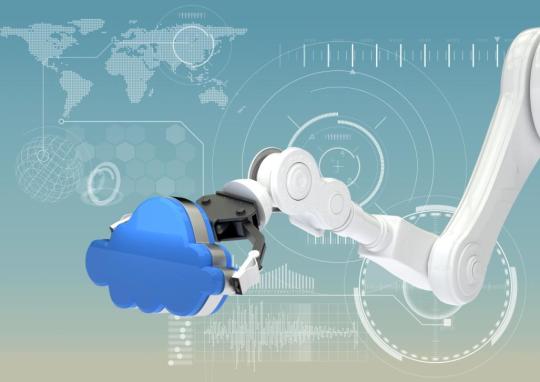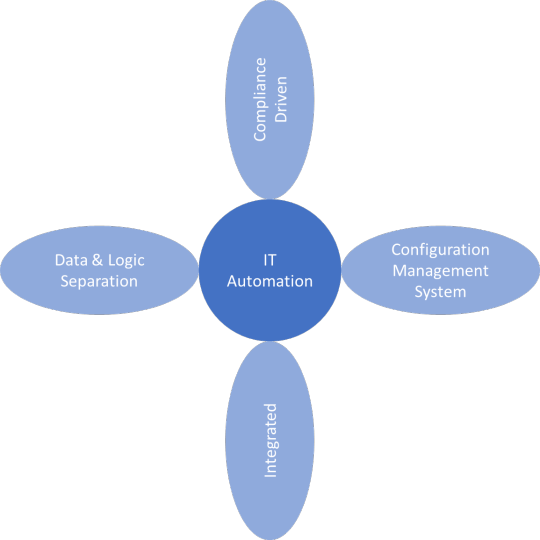2017 Blogs, Blog
It’s fast, and keeping pace is not easy
The world of technology today thrives on challenging old paradigms, the emergence of new concepts and rapid adoption of ideas. Artificial Intelligence and BOTs, Automation and Cloud are leading the charge and businesses of all hues and software product and solution providers are jumping on to the bandwagon.
In the midst of these ideas, there’s also the concept of DevOps which has gained ascendancy as a key driver for adoption of BOTs, Automation and Cloud. Businesses realize massive gains vis-a-vis efficiencies in prototyping, go-to-market with a more stable and improved product line and the percentage onspend comes down.
The mindset change
While Cloud technology has been around, organizations have to actively think of beyond “moving to cloud” and understand the various facets of how cloud technology can accrue benefits that are real and measurable. As a forward thinking technology company, Relevance Lab has been at the forefront of leveraging the cloud for business transformation because we understand that it can be the foundation of better software delivery and scalable operations.
For instance, cloud by definition encompasses multiple providers (Public, Private, Hybrid) and it can prove to be a challenge for businesses to manage them well and seamlessly. Relevance Lab provides a platform for taking care of distributed assets such as Orchestration, CMDB, Cost, Capacity Usage, Health and Security Governance.
Utilizing cloud for your IT systems is the beginning of the mindset change. Today, technology needs to be smart, analyze data and perform tasks with minimum manual intervention, streamline operations and reduce the overall SDLC for it to create a significance niche.
The era of convergence – Automation, BOTs, Cloud and DevOps

eMarketer reports that 1.4 billion people interacted with a chatbot in 2015; it’s not surprising. Being multi-functional, Chat BOTs and other forms of BOTs are being used across industries to serve many functions to engage with their customers and enhance their brands. Customer-facing functions in banks for instance use chat BOTs to increase efficiency and reduce the waiting time for customers, thus nudging customer satisfaction and delight towards the positive
node.
An effective combination that fuels decisive action
For almost all businesses, technology tools are meant to minimize errors, increase efficiencies and enable strategic decision-making quickly without cost overruns. However, today, most businesses are also grappling with the management of too many systems and software that are proving to be white elephants when it comes to revenue management. It becomes imperative therefore for businesses to go with the automation-first approach which can actually reduce human effort by a whopping 30% and improve quality and shrink delivery times.
With advanced technology solutions like RLCatalyst, with its integrated approach to technology where it offers a DevOps approach to Automation and Cloud, you get value for money. It’s self-aware and auto-remediation features enables and empowers actionable decisioning. It comes equipped with 200+ pre-built BOTs for common Development, Operations and Business Process Automation activities, which in turn further reduces time and effort on developing your own BOTs. You can custom build BOTs with the inbuilt BOTs framework that is suited for your unique needs.
So while we continue to see evolution in the era of ABCD convergence, bringing in greater automation and effective collaboration, the question that begs to be answered, is
how are you managing your enterprise’s automation?

